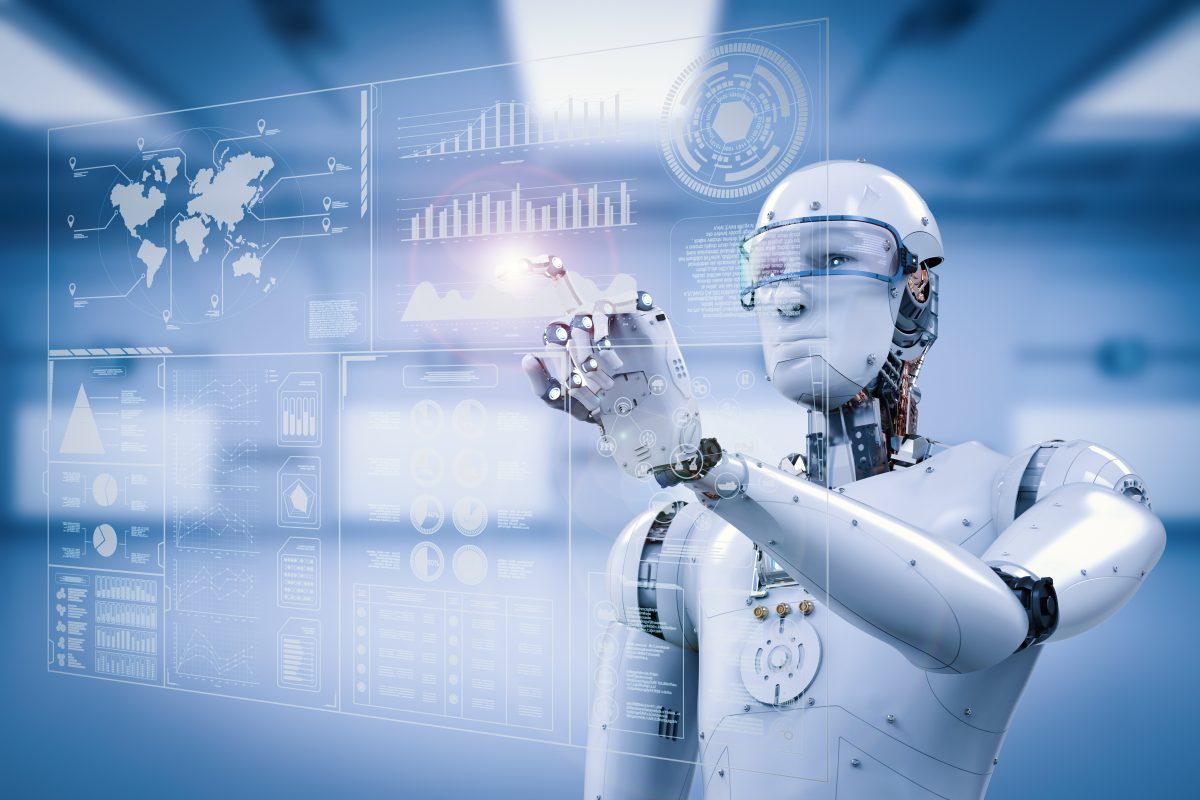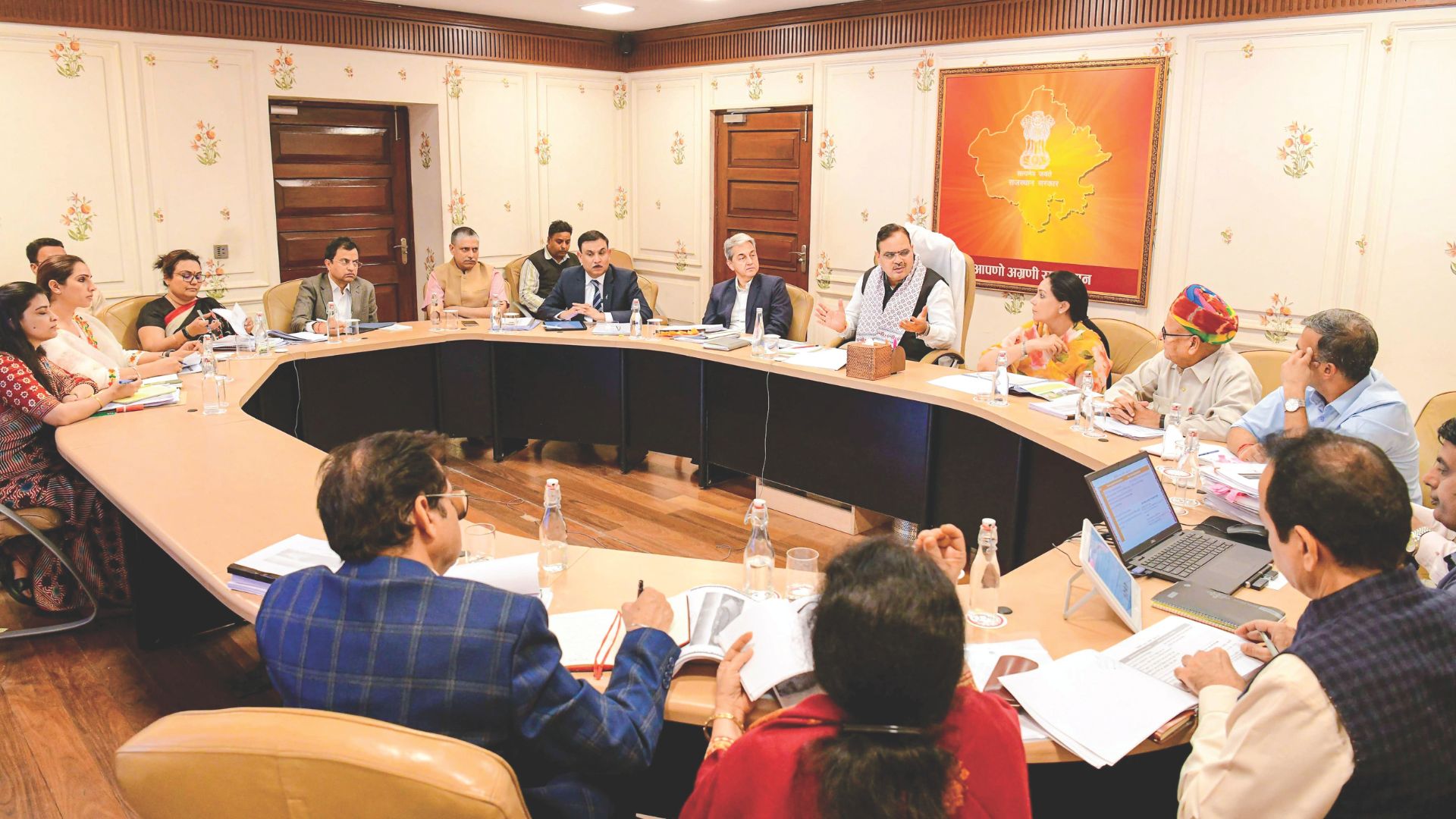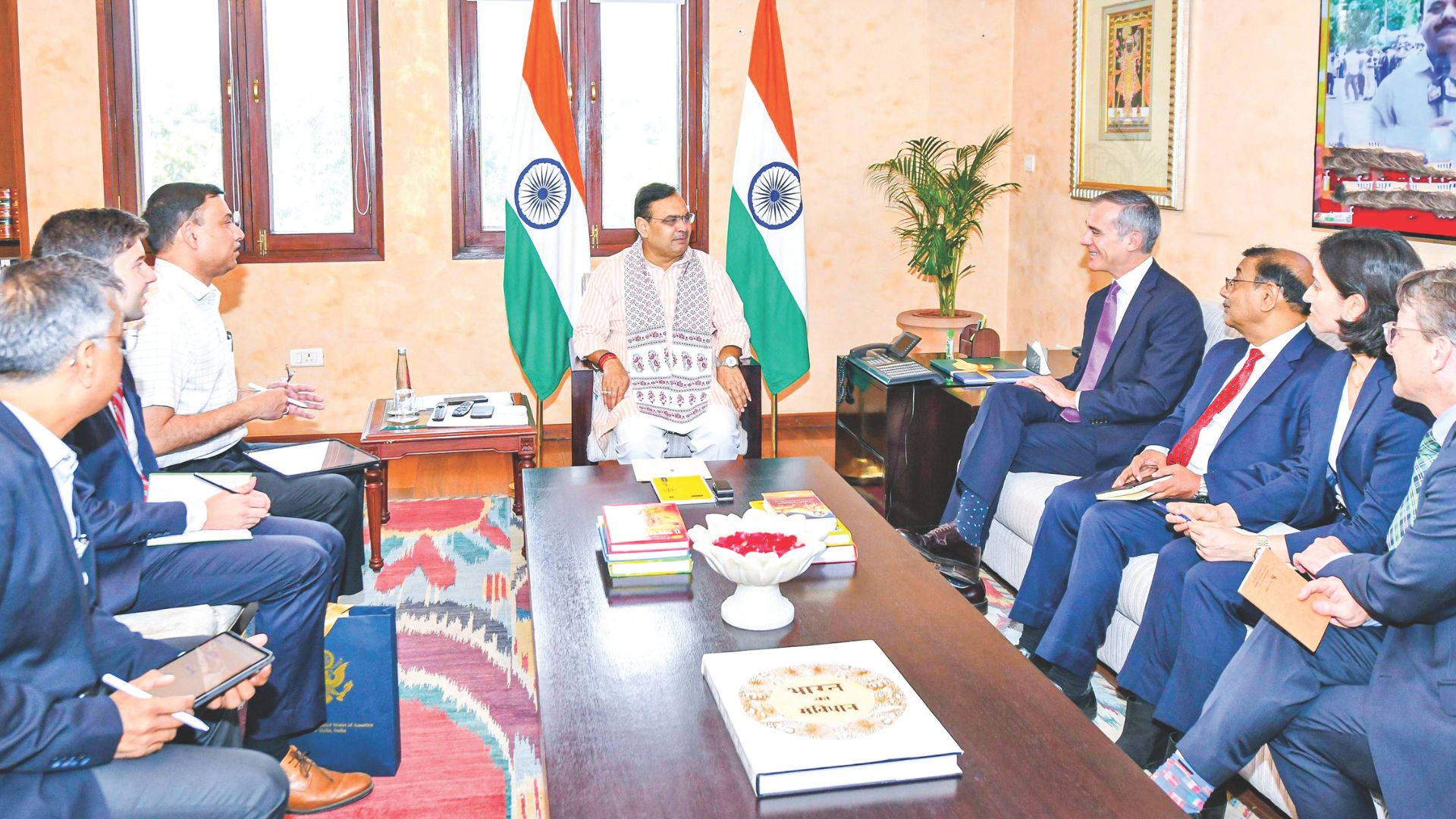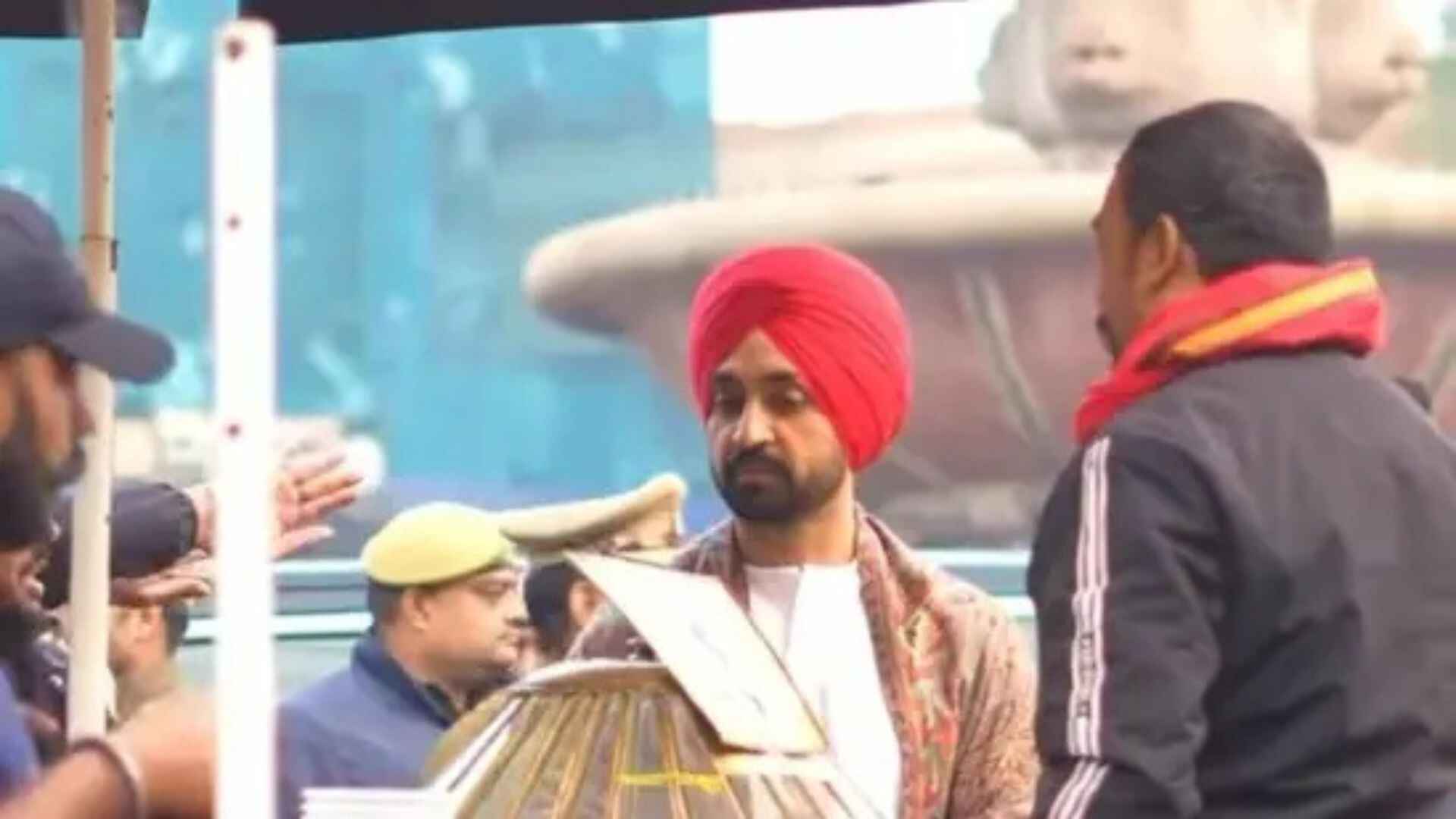
“I am not a robot” is a customary declaration on the internet before one can submit a form. Artificial intelligence, as the name suggests, is all things fake. It is like imitation jewellery in place of real gold and is mostly applied in the field of entertainment. When it comes to real artistry, however, one needs to be humanly intelligent.
The use of AI can be traced back to the need to translate words from one language into another. Otherwise, humanity would have been stuck with English alone. This has accelerated to artificial pictures, robotic writings, captioning or sub-titling videos, and recently, creative writing.
AI is very useful in recognising people at security check posts. It is useful in giving voice to typescripts. It answers our voice in electronic searches. It works wonders with figures and also, through highly programmed systems, with circumstances where average human intelligence fails.
AI quickens tasks. AI replaces a nurse, a host, a gatekeeper, a ticket checker, a friend to play with, a mother to find lost items at home, a companion when lonely.
AI replaces almost all of teaching. Humanity has grown on the platform of learning from the ancestors. A baby is ‘savage’ and within four years, it is made to learn enough to be able to distinguish a nutritious fruit from a poisonous nut lying on the ground. Otherwise, we would have still had an average longevity of 35 years. Pfizer’s nRNA vaccine is an introduction of AI in our blood, teaching us to kill a virus.
Machine learning gives personality to machines. Chess, a board game, is played by machines. All the board games, besides video games, have been introduced in mobiles to entertain people. There is never a lonely moment if in possession of a mobile phone. Chess has now given way to Planetary Annihilation, a strategy game of massive scale war.
Reinforcement learning from human feedback is known by its short form, GPT in the world of computers. It requires feeding words by a human after which it composes essays, stories and poetry. Imagine! There would never be a need for ghost writers in the future. Ghost writers are ones who are given an outline, a plot around which they would expand the story or play. Most commonly, ghost writing has been successful in thrillers and young adult romance. This task of entertainment can be handed over to GPT.
However, GPT is far from able to answer tests. Tests set by professors are tricky beyond the capacity of AI. Students might use a program once and lo, the professor finds them out in a jiffy! She sets another test. How long can a bot cope with the crafty minds of humans? It throws up what is known to the roboticist as artificial intelligence hallucinations. There, you are caught.
Auto correct is the in thing these days. AI, which might have meant well, intervenes our communication to the extent of creating claptrap. We go nuts when a message is sent. Instead of speeding up the communication process, it delays, makes us repeat, delete and apologize.
I have strictly warned my students against the use of Grammarly. Art teachers must be warning students about AI Art. Creative writing has to be wary of ChatGPT. AI is tolerable in the production of films where mass entertainment is the goal. It is repetitive, to say the least. Remember the novel, Brave New World by Huxley, where technology induced robot-like humans encounter just one left-out ‘savage’ and call his domain the brave new world. What human minds crave for is the always new, the beyond, the all-pervading. The most alpha artist would still be quashed by the ‘savage’ human at all junctures. Professors in the humanities would not allow a roboticist to take over their domain.















